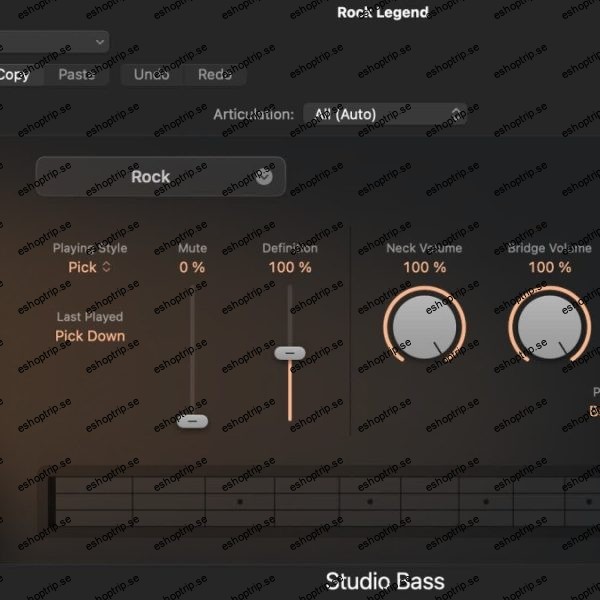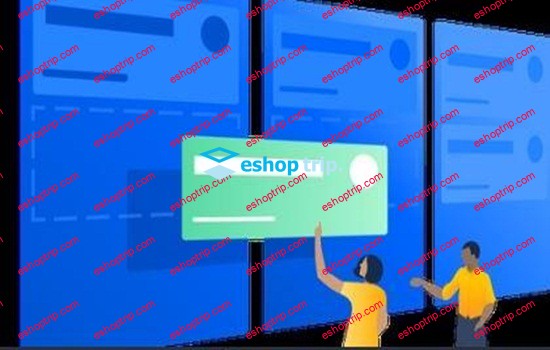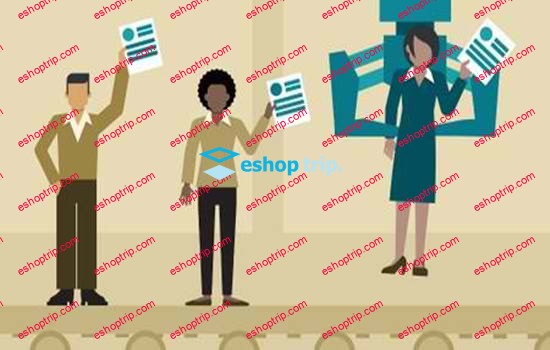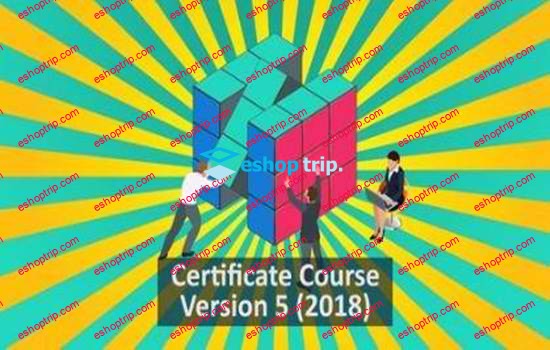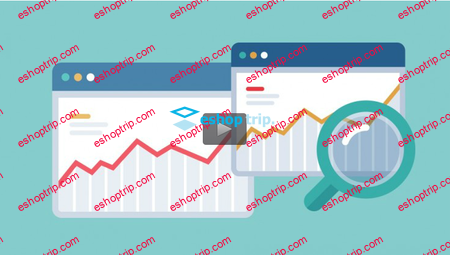Published 9/2024
MP4 | Video: h264, 1920×1080 | Audio: AAC, 44.1 KHz
Language: English | Size: 827.82 MB | Duration: 1h 20m
Use the logframe to win funding, involve beneficiaries in project design, monitor project outputs and evaluate outcomes
What you’ll learn
Understand different elements and uses of the Logical Framework Approach
Think through proposed social impact interventions in order to develop credible, fit for purpose project design that meet funders’ requirements
Produce a logframe matrix and apply logical framework analysis to current and new projects
Show funders and other stakeholders how progress and impact will be measured and evaluated
Requirements
No requirement other than working on social impact, humanitarian, public health, community and other social projects where the focus ismore on the impact of your intervention on the target communities and beneficiaries
Description
The Logical Framework Approach: Showing Impact to Stakeholders course is aimed at small and medium sized community and other social impact organisations, NGOs, nonprofits and managers of social projects that impact and bring change in the lives of communities and groups, to equip them with tried and tested tools that enable them to demonstrate in a structured manner how they will achieve desired outcomes and impacts and also to win funding for their projects. As funders and other stakeholders become increasingly outcome and impact focused, the utility of the Logical Framework Approach and the power of the process involved in establishing that critical link between outputs and outcomes provides those who use the approach with the ability to engage important stakeholders such as beneficiaries in a participatory process as well as carry funders along in monitoring and evaluation process that instill stakeholder confidence and shows the impacts achieved.The tools and techniques in the Logical Framework approach have been used extensively by international development organisations and other big charity organisations and this course enables the approach to be adopted and adapted to smaller local projects run by charities, community organisations, public health departments, nonprofits and other social impact organisations and groups.
Overview
Section 1: Introduction
Lecture 1 Introduction
Section 2: Lecture 2: What Funders Want
Lecture 2 What Funders Want
Section 3: Lecture 3: The Logical Framework Approach
Lecture 3 The Logical Framework Approach – Definition, History and Characteristics
Section 4: Lecture 4: The Logframe Matrix
Lecture 4 The Logframe Matrix
Lecture 5 Filling a logframe matrix
Section 5: Lecture 6: The Project Summary
Lecture 6 Project Summary
Section 6: Lecture 7: Assumptions & Risks
Lecture 7 Assumptions & Risks
Section 7: Lecture 8: Understanding Control
Lecture 8 Understanding Control
Section 8: Lecture 9: Indicators and Means of Verification
Lecture 9 Indicators and Means of Verification
Section 9: Lecture 10: Building your logframe
Lecture 10 Building your logframe – Checklist 1
Section 10: Lecture 11: Assumptions & Risks Checklist
Lecture 11 LFA 10 Assumptions & Risks Checklist
Section 11: Lecture 12: Checklist for Indicators & Means of Verification
Lecture 12 LFA 11 Checklist for Indicators & Means of Verification
Section 12: Lecture 13: Examples of Filled Logframes
Lecture 13 LFA 12: Examples of Logframes
The course is useful for social impact workers, community project managers and workers, international development managers, public health project managers and others who want to maximise impact on their target communities and beneficiaries and be able to show their funders and how the desired impacts are to be achieved. They will acquire the necessary skills to apply the logical framework approach to their projects for immediate impact.
Homepage

